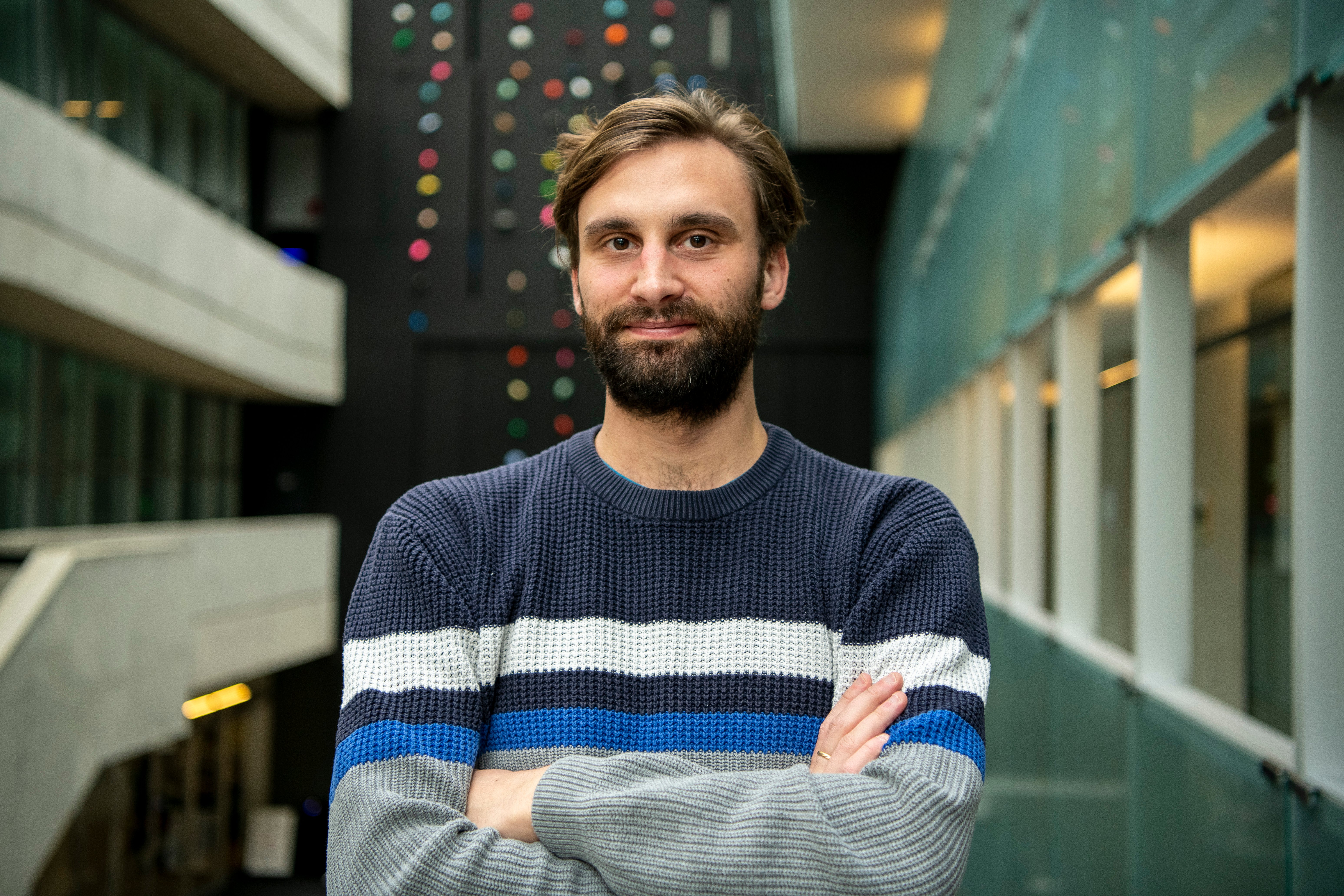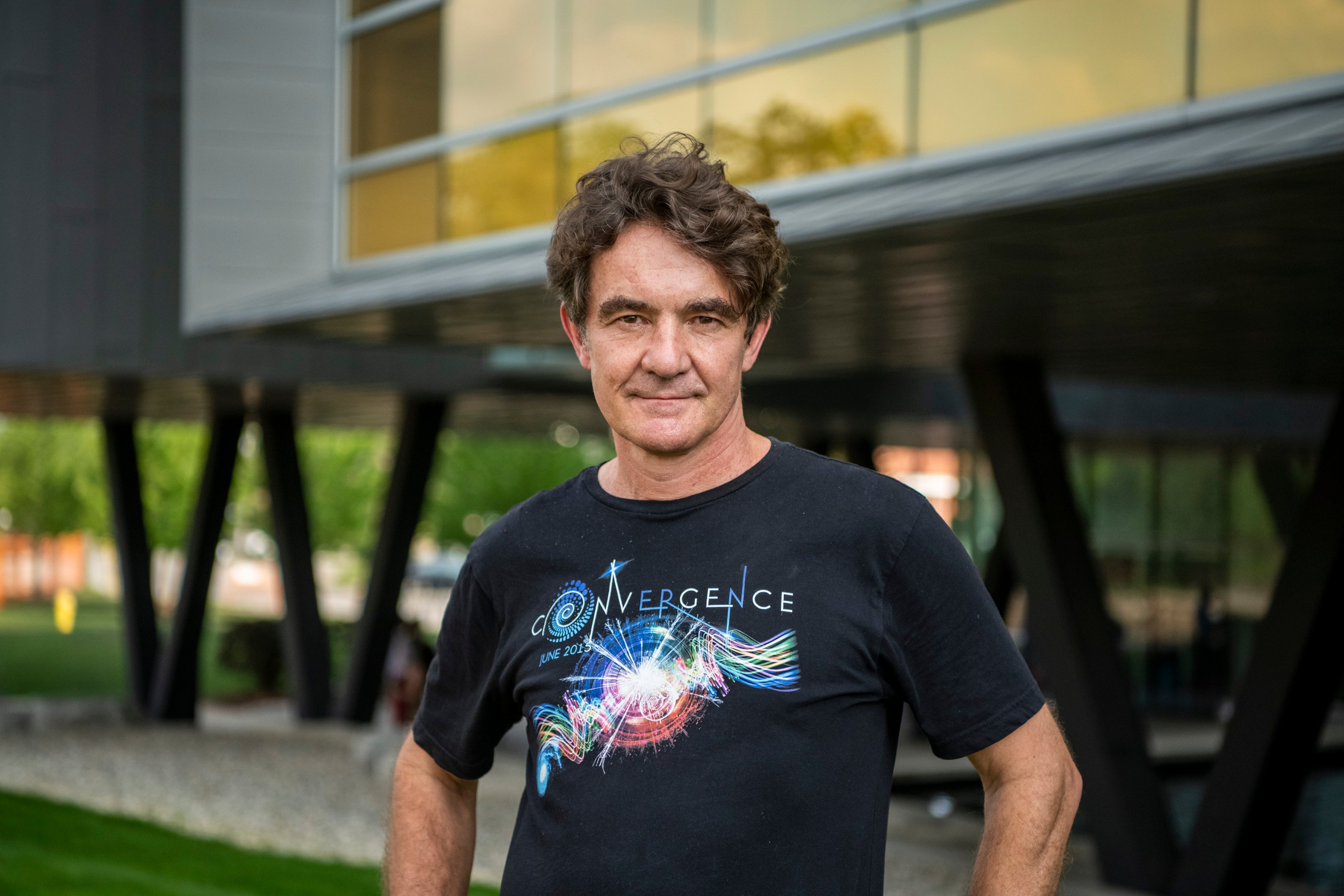No matter how we measure it – by the tick of a clock or by the number of grey hairs on our heads – time moves in a relentless one-way direction from past to present to future.
We can feel it in our bones; it is real for us.
But some theoretical physicists think time, at its most basic quantum level, is not fundamentally real. What if instead, time is something that “emerges” from relationships between quantum particles? Meanwhile, other physicists think time should be basic to everything.
Within that argument there is a conundrum: What scientists call, “the problem of time.”
In Einstein’s theories – which have been confirmed by experiment – spacetime is flexible and relative. It can stretch and bend. Time depends on where you are and how fast you are moving.
Einstein’s equivalence principle tells us that the effects of gravity and acceleration are indistinguishable. Moving near the speed of light in a spaceship, the passage of time would seem normal to you, but to an observer on Earth, you have slowed down dramatically. The same is true for gravitational fields. A clock in outer space ticks faster than a clock on Earth, which is why GPS systems need to be adjusted for time dilation.
“The problem of time”
Yet in quantum mechanics, the behaviour of subatomic particles like atoms or electrons can be described by the evolution of their wave function over time.
In other words, the quantum wave equations are on a fixed spacetime while Einstein’s spacetime is dynamic so that time is different for different observers.
This is also one of the reasons that it is so difficult to “quantize” spacetime and develop a theory of quantum gravity, the holy grail of modern physics.
The two theories – quantum mechanics and general relativity – are both successful in their own right, and yet they speak different languages. Scientists have worked for decades on developing a consistent theory of quantum gravity that would bridge together quantum theory with Einstein’s relativity theories, but this has proven to be notoriously difficult.
The “null hypersurface” solution
Now, Perimeter researchers along with a colleague at the University of Illinois, have a developed a possible solution to the problem of time on something called a “null hypersurface.”
The paper, Quantum Null Geometry and Gravity, by Luca Ciambelli, a postdoctoral researcher at Perimeter; Laurent Freidel, a Perimeter faculty member, and Robert Leigh, a professor at the University of Illinois, was recently published in the Journal of High Energy Physics.
A null hypersurface can be thought of as a geometrical surface, a surface where massless particles, such as photons (particles of light), travel at the speed of light. If you imagine shining a flashlight in the dark, the spacetime surface on which the light will spread out at 45-degree angles will form a light cone shape. That geometric shape for particles travelling at the speed of light is the null hypersurface.
Ciambelli explains that null hypersurfaces are mathematical constructs that have only begun to be harnessed by theoretical physicists.
It is not easy to solve problems in null geometry because “there is a lot of mathematical intricacy,” he says. But, in the end, using a null hypersurface actually simplifies the problem of quantizing gravity, he adds.
By working with this null hypersurface, the co-authors were able to get something that can be interpreted as quantum time.
How to quantize spacetime
To achieve quantum time, they were working with the Raychaudhuri equation, a mathematical tool for tracking the paths of the light rays moving through space. They achieved a “rescaling” of the points of light on their hypersurface map and ended up with what they call a “central charge,” which is an anomaly or deviation that can be interpreted as the quantum emergence of time.
Ultimately, what they have developed is a conformal field theory for each ray of light. To understand a conformal field theory, imagine a world map printed on a balloon. If you inflate or deflate the balloon, the map changes size, but the shapes of the countries and the angles between them remain the same.
On a null hypersurface, each ray of light is on its own one-dimensional “hyperlocal” track, not interacting with any other ray of light. So, in the end, each ray is working with its own geometric pieces of spacetime. One of the co-authors, Leigh, even coined a name for these geometric bits of spacetime: “embadons.” The "embadons" are like tiny building blocks or bubbles of spacetime on a null hypersurface.
Ciambelli says this is a “bottom-up” approach – the co-authors are building up the spacetime, piece by piece, rather than starting with three dimensions of space and one of time and trying to quantize that. He describes it as “climbing up a ladder” toward a unified theory
That is what makes it easier to quantize spacetime, he adds. “If I were to ask you to quantize 200 dimensions, and then ask you to quantize a one-dimensional system, obviously, one dimension is easier,” Ciambelli explains.
He adds that symmetries are what anchor this bottom-up approach to the experimentally verified physics of general relativity and quantum mechanics. Symmetries are mathematical transformations or operations that leave the fundamental laws of physics unchanged. They provide a unifying framework for seemingly disparate phenomena.
“By mastering the symmetries of general relativity and quantum mechanics theories, we can make predictions climbing up the ladder,” Ciambelli says.
So does time exist?
Ultimately, using the null hypersurface makes it easier to preserve quantum time as something that is fundamental, rather than emerging from quantum interactions.
Freidel finds the notion that time doesn’t exist at the fundamental level rather troubling. “Time is a foundation for everything we do, and so to say that time does not exist is profoundly disturbing,” he says.
This solution on a null hypersurface seems to offer a way forward. “We are saying there is such a thing as quantum time. It is a fundamental property in physics, and it is attached to a new type of observable,” Freidel says.
Ciambelli says what they have produced so far is not the full quantization of spacetime. But by focusing on the spacetime pieces on a null hyperface, the co-authors have managed to climb part of the way up the ladder toward a theory of quantum gravity.
And they got a partial resolution to the problem of time.
“I don't know whether time is going to be emergent or not, but I know that from where I am on the ladder, climbing up, it is still fundamental and it is still there,” he says.
Intuitively, Ciambelli thinks this “bottom-up” approach will get theoretical physicists closer to their goal in the decades-long search for a theory of quantum gravity.
“Are we getting closer to a complete model? I think we're climbing up the ladder and we need to take many more steps. But personally, I am persuaded by the fact that whatever the model will be, we are not necessarily going to get there if we don’t start with a bottom-up approach,” he says.
À propos de l’IP
L'Institut Périmètre est le plus grand centre de recherche en physique théorique au monde. Fondé en 1999, cet institut indépendant vise à favoriser les percées dans la compréhension fondamentale de notre univers, des plus infimes particules au cosmos tout entier. Les recherches effectuées à l’Institut Périmètre reposent sur l'idée que la science fondamentale fait progresser le savoir humain et catalyse l'innovation, et que la physique théorique d'aujourd'hui est la technologie de demain. Situé dans la région de Waterloo, cet établissement sans but lucratif met de l'avant un partenariat public-privé unique en son genre avec entre autres les gouvernements de l'Ontario et du Canada. Il facilite la recherche de pointe, forme la prochaine génération de pionniers de la science et communique le pouvoir de la physique grâce à des programmes primés d'éducation et de vulgarisation.


